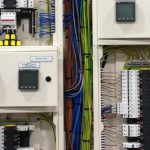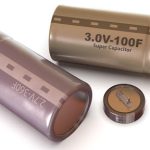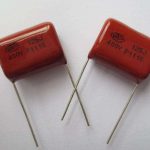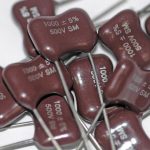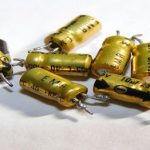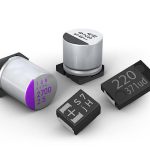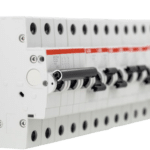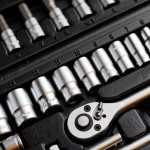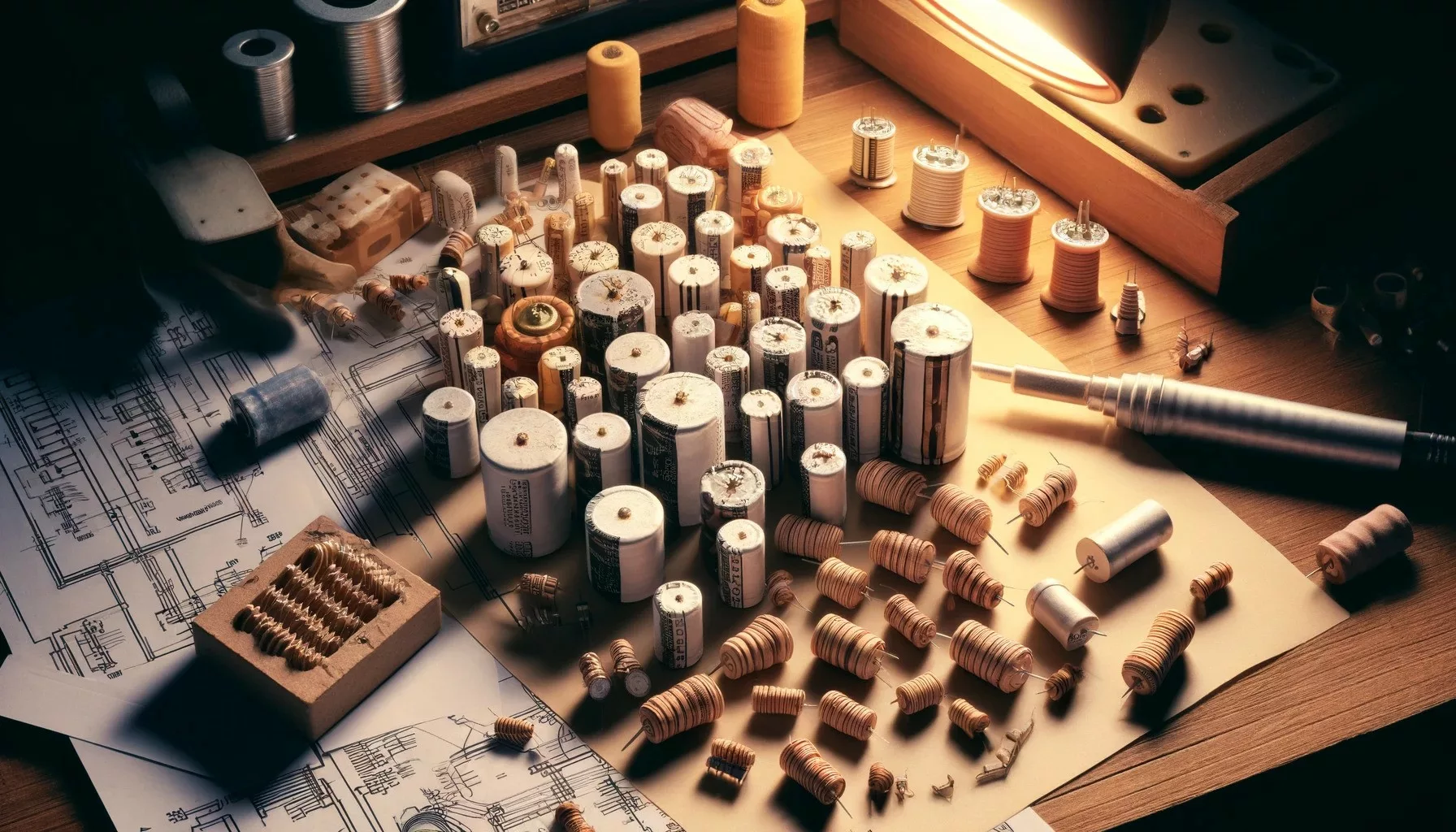
Introduction
Paper capacitors are an electrical component that plays a critical role in various electronic circuits. They are known for their unique construction and properties, making them suitable for specific applications. Additionally, this article illustrates the details of paper capacitors, including their construction, working principle, significance, types, applications, advantages, and future advancements.
Introduction to Paper Capacitors
Paper capacitors, also called paper dielectric capacitors, are high-voltage passive electronic components that store electrical charge and energy within an electric field. These devices are constructed using paper as the dielectric material between conductive plates. Among the varied types of capacitors, they are highly valued for their high voltage capabilities and stable performance without significant loss of capacitance. The paper, often impregnated with wax or oil, enhances the dielectric strength and helps minimise energy loss.
What is the Significance of Paper Capacitors?
Paper capacitors hold significant historical importance in the realm of electronics. Dating back to the early 20th century, these capacitors were among the first types developed for electrical applications. Moreover, their significance lies in their role as fundamental components in the development of early radio technology and other electronic devices. Although modern electronics mostly use advanced alternative capacitors like ceramic, tantalum, and electrolytic, these capacitors still symbolise the early days of electrical engineering.
Construction and Working Principle of Paper Capacitor
A paper capacitor consists of two metal plates or foils with a thin, dielectric fluid-soaked paper sheet between them. The entire assembly is then rolled or layered and encapsulated to protect it from environmental factors. However, upon applying voltage to the plates, an electric field is generated across the dielectric paper, enabling the capacitor to store electrical energy. The capacitance of the capacitor determines the amount of charge it can store for a given voltage.
Potential Benefits of Paper Capacitors
Paper capacitors are appealing non-polarized components for various applications, offering several advantages, such as:
- High Voltage Handling: They can handle high voltage levels, making them suitable for power applications.
- Reliability: These capacitors are known for their reliability and long service life when operated within their specified parameters.
- Cost-Effective: Generally cheaper to produce compared to other types of capacitors.
- Flexibility in Design: The technology allows varying sizes and specifications to meet diverse requirements.
- Ease of Manufacturing: The construction of paper capacitors is straightforward, contributing to their widespread availability and use.
Types of Paper Dielectrics Used in Paper Capacitors
Paper dielectrics used in these capacitors are essential for their function, influencing the capacitor’s overall performance, including its capacitance, voltage rating, and stability. Here are some of the common types of paper dielectrics used in these capacitors:
- Kraft Paper is a common type of paper dielectric used in the manufacturing of paper capacitors. It is known for its high dielectric strength and reliability.
- Fish Paper is another variant valued for its higher durability and moisture resistance, making it suitable for more rugged environments.
- Crepe Paper: Crepe paper is a kraft paper that has been mechanically creped to create a high surface area and flexibility. The creping process makes the paper thicker and more absorbent, making it useful in high-voltage applications due to its enhanced dielectric strength.
- Capacitor Tissue Paper: This is a very thin and highly refined paper used in certain types of capacitors for high-frequency applications.
- Synthetic Paper: Some newer paper capacitors use synthetic fibers in their paper dielectrics. These materials offer improved thermal stability and dielectric properties compared to traditional paper.
What are the Different Types of Paper Capacitors?
They are categorised into various types based on their construction and the specific application they are designed for, such as:
- Plain Paper Capacitors – These are the simplest form, using untreated paper as a dielectric.
- Impregnated Paper Capacitors – Here, the paper is impregnated with a dielectric fluid or wax to enhance its dielectric properties and protect against moisture.
- Metallized Paper Capacitors (MPCs) – These capacitors have a thin metal coating on the paper, improving their capacitance and voltage handling capabilities. In addition to these types, foil-paper capacitors and axial and radial paper capacitors also exist.
Where are Paper Capacitors Used?
Widely used for versatile applications across the electronics industry. Some typical applications include:
- Signal Coupling: Paper capacitors facilitate the transfer of signals between two circuit stages. They block DC and prevent interference from one stage to another. This makes them an excellent choice for signal coupling in radio and other high-frequency applications.
- Timing Circuits: They help create delays and timing functions in circuits.
- Audio Circuits: Often used in audio amplifiers and radio transmitters for signal modulation.
- Lighting Ballasts: They are utilised in lighting ballasts for providing power factor correction and voltage regulation.
- Power Supplies: Paper capacitors are commonly used in power supply circuits for filtering and smoothing purposes.
- Motor Starters: Paper capacitors are used in motor starters to provide the necessary phase shift for starting single-phase induction motors.
Future and Technological Developments
With advancements in materials science, newer materials are being explored to replace paper in capacitors. However, these capacitors continue to hold a niche due to their unique properties and cost-effectiveness in certain applications. Research is ongoing to enhance their performance, reliability, and environmental resistance.
Takeaway
Paper capacitors play an indispensable role in electronics. While newer technologies often overshadow them, they still hold a significant place in many applications. Their unique properties, such as high voltage handling, good insulation characteristics, and non-polar behaviour, ensure these capacitors remain a valuable component in the electronics industry.






